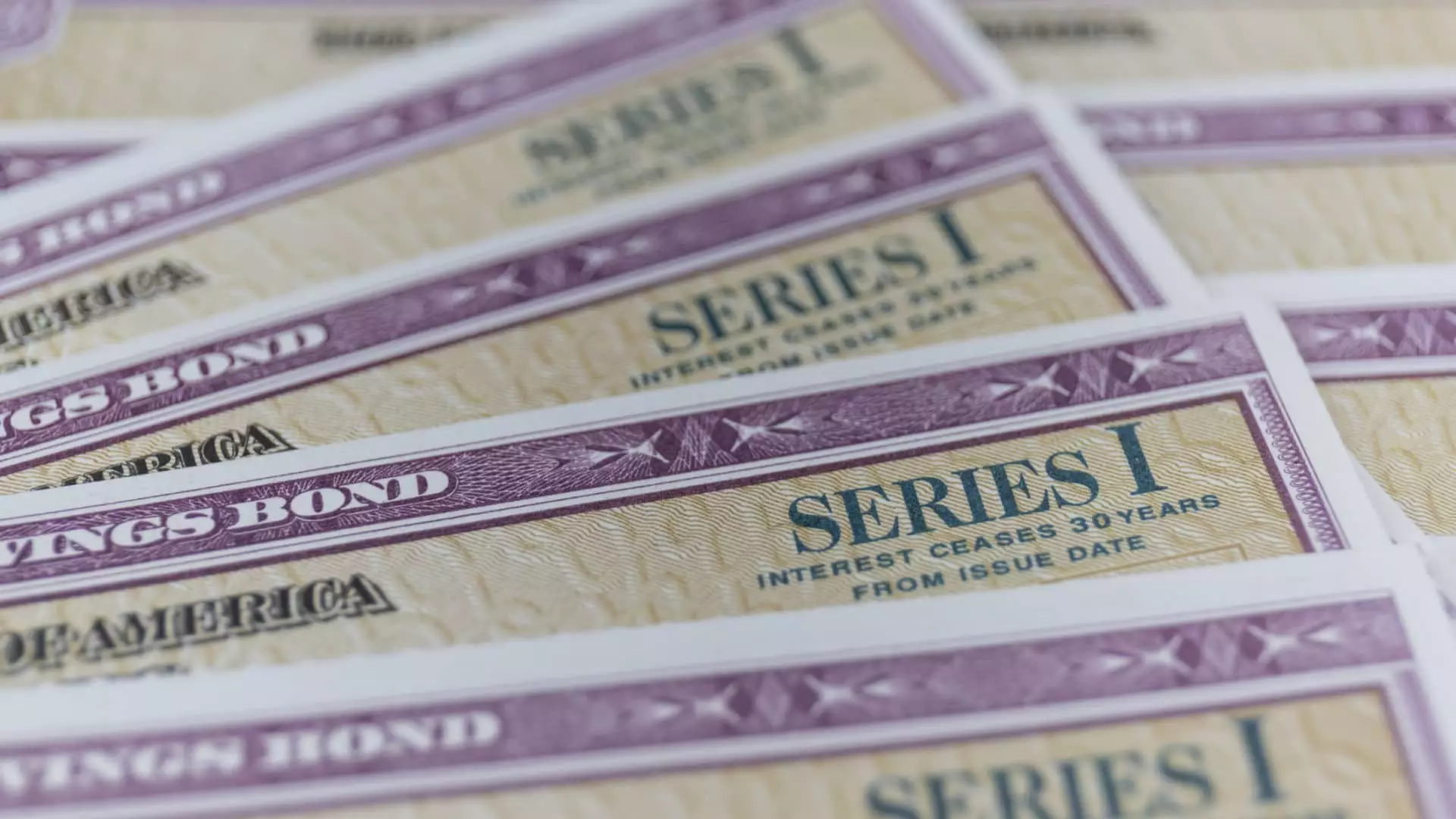Series I bonds are a type of savings bond offered by the U.S. Department of the Treasury that are designed to protect investors against inflation. These bonds have a variable interest rate based on inflation data and a fixed rate that remains the same throughout the life of the bond. The annual rate for Series I bonds is set to be adjusted in May based on the latest inflation data and other factors, with experts predicting a potential decrease below 5%.
Despite the current interest rate for Series I bonds sitting at 5.27%, experts anticipate a drop in the rate to possibly 4.27% in the upcoming adjustment. This decrease in interest rate could make Series I bonds less attractive to short-term investors who may opt for higher-yield options such as Treasury bills, money market funds, or certificates of deposit. However, long-term investors are advised that Series I bonds still offer a good deal in terms of preserving purchasing power over time.
The interest rate for Series I bonds is composed of a variable and fixed portion. The variable portion is adjusted every six months based on the consumer price index, reflecting changes in inflation. In contrast, the fixed portion of the interest rate remains unchanged for investors after purchase. The current variable rate stands at 3.94% and the fixed rate at 1.3%, resulting in a combined rounded yield of 5.27% for bonds purchased between Nov. 1 and April 30.
Experts have different predictions regarding the upcoming adjustments to the interest rate for Series I bonds in May. While the variable rate is expected to decrease from 3.94% to 2.96%, the fixed rate remains harder to predict due to the Treasury not disclosing its formula for changes. However, estimates suggest that the fixed rate could range from 1.2% to 1.4%, with some experts leaning towards a higher rate of 1.4% to align with real yields for TIPS.
Investors looking to maximize their returns on Series I bonds should take into account the potential changes in interest rates and how they may impact the overall value of their investments. While a slight decrease in the fixed rate may not make a significant difference, having a higher fixed rate can still be advantageous for long-term investors seeking to protect their purchasing power against inflation.
Series I bonds continue to be a viable option for investors, despite the predicted decline in the interest rate below 5% in May. Long-term investors can benefit from the stability and protection against inflation that these bonds offer, while short-term investors may explore other higher-yield options available in the market. It is important for investors to stay informed about the changes in interest rates and make informed decisions based on their financial goals and risk tolerance.

Leave a Reply